As a landscape photographer, I find joy in exploration, seeking out compositions that have yet to be captured and waiting for the perfect light to illuminate them. Often, it leads to frustration when the weather turns bad and forces me to retreat to the car for shelter. However, learning to embrace the elements of nature and using them to your advantage to tell a story will ultimately yield a greater payoff.
In this article, we'll discuss each of the elements of nature: Earth, wind, water, and fire, and examine how we can make the most of any scene, maximizing their composition and crafting a compelling visual story.
Planning Your Shoot
However, before embarking on a storytelling venture, it's essential to plan your shoot. Scout the location beforehand. Take a few reference stills to note the natural elements in a scene. Next, use an app such as PhotoPills to check the times when the sun or moon rises and sets (depending on the time of day you want to shoot). Noting where the natural light is coming from can provide you with a much better photo at the end of the day, especially if you plan on going during golden hour. After you've mapped out the sun's position, it's good to check the weather. I've used an app called Clear Outside for a few years now, and I've consistently found it to be more accurate than most of the other weather apps available. This way, you can see whether any rain, thunderstorms, fog, or snow is predicted at your location, helping you plan for the actual shoot.
I'm sure I'm not alone in this, but I often fall into the trap of just going out and taking photos for the sake of taking pictures. I compose my images to make them visually appealing without giving a second thought to the kind of emotion or story I want to convey, often leaving the images visually pleasing but lacking depth. However, now that you've done the basic planning and you know what the weather's going to do, it's time to think of the message you want to convey through your photo. I usually do this by either revisiting the location or reviewing the reference stills I took during the recce visit. I examine the compositional elements in each photo, including lighting and texture, and consider how I can convey emotion by combining these elements.
On the day of the shoot, I'll usually arrive a few hours earlier than I need to. Arriving early gives me time to set up and try a few additional compositions while waiting for the light. It also gives me time to try out different lenses and see which one produces the best final image. The lens you think might suit the image best could be the worst fit. It's surprising to see how trying different focal lengths can either be detrimental or enhance the composition and storytelling.
Lastly, try different light and weather conditions to amplify your photograph. Returning to the same spot several times during a week or month (or even at other times of the year) can be incredibly beneficial to try to capture the story you're trying to tell. Now, of course, if it's a memorable trip to the Italian Dolomites or the dunes of Namibia, you have limited time and budget to come back several times. Still, the same principle applies during a shorter length of time.
Now that we have the planning out of the way, let's examine the various elements we can focus on to tell our story.
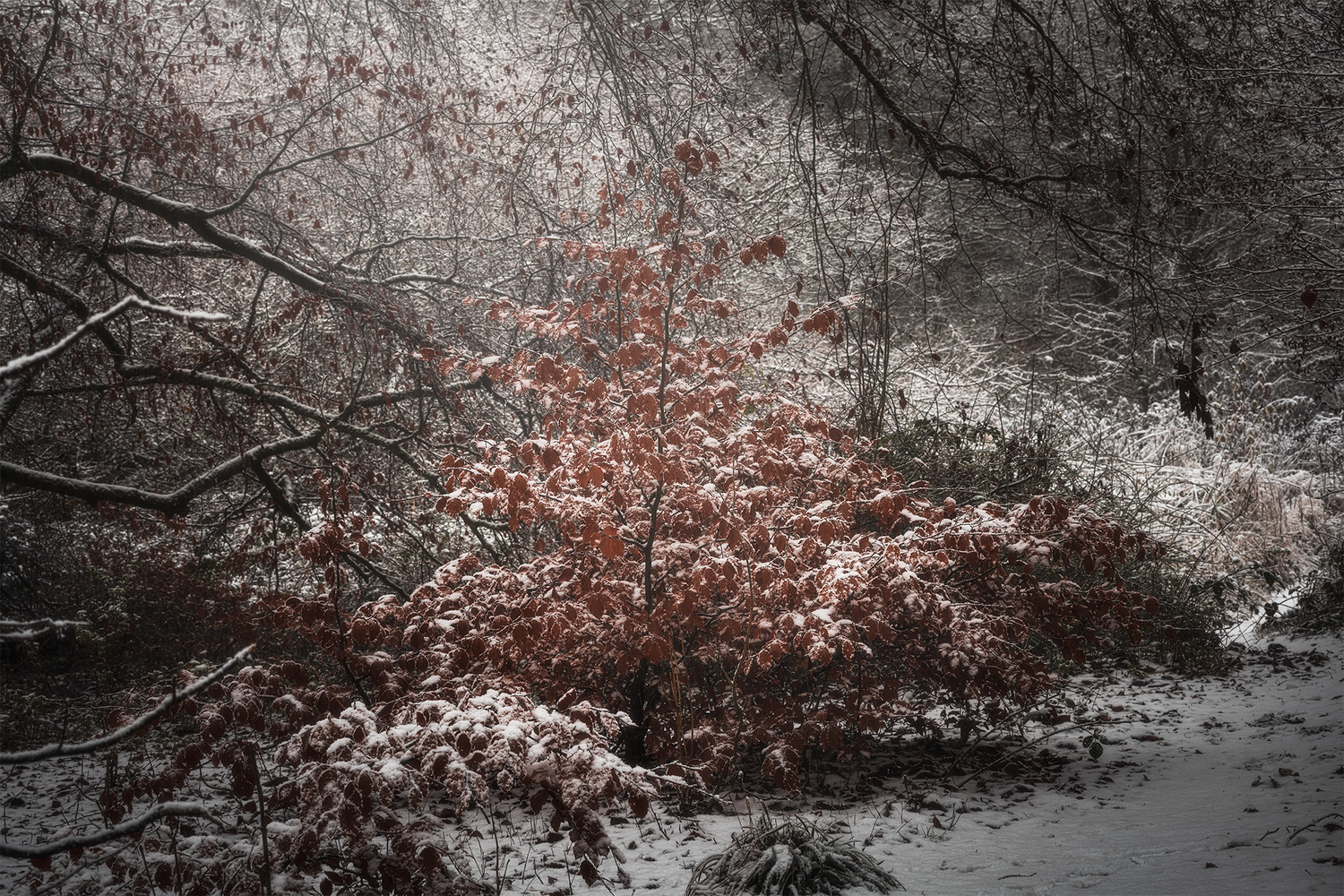
Earth
Mountains, forests, rock formations, and cracked deserts all represent the resilience and stability of Earth. It invokes a sense of permanence, time, and history. Landscapes have existed before us and will remain here long after we're gone. By studying your surroundings and seeking out the weathered and worn surfaces in nature, you can utilize texture as a way to guide your eyes to the subject in your composition. Using perspective, you can bring emphasis to the surrounding landscape or the subject. Providing a sense of scale to the viewer will make them feel present in the photo.
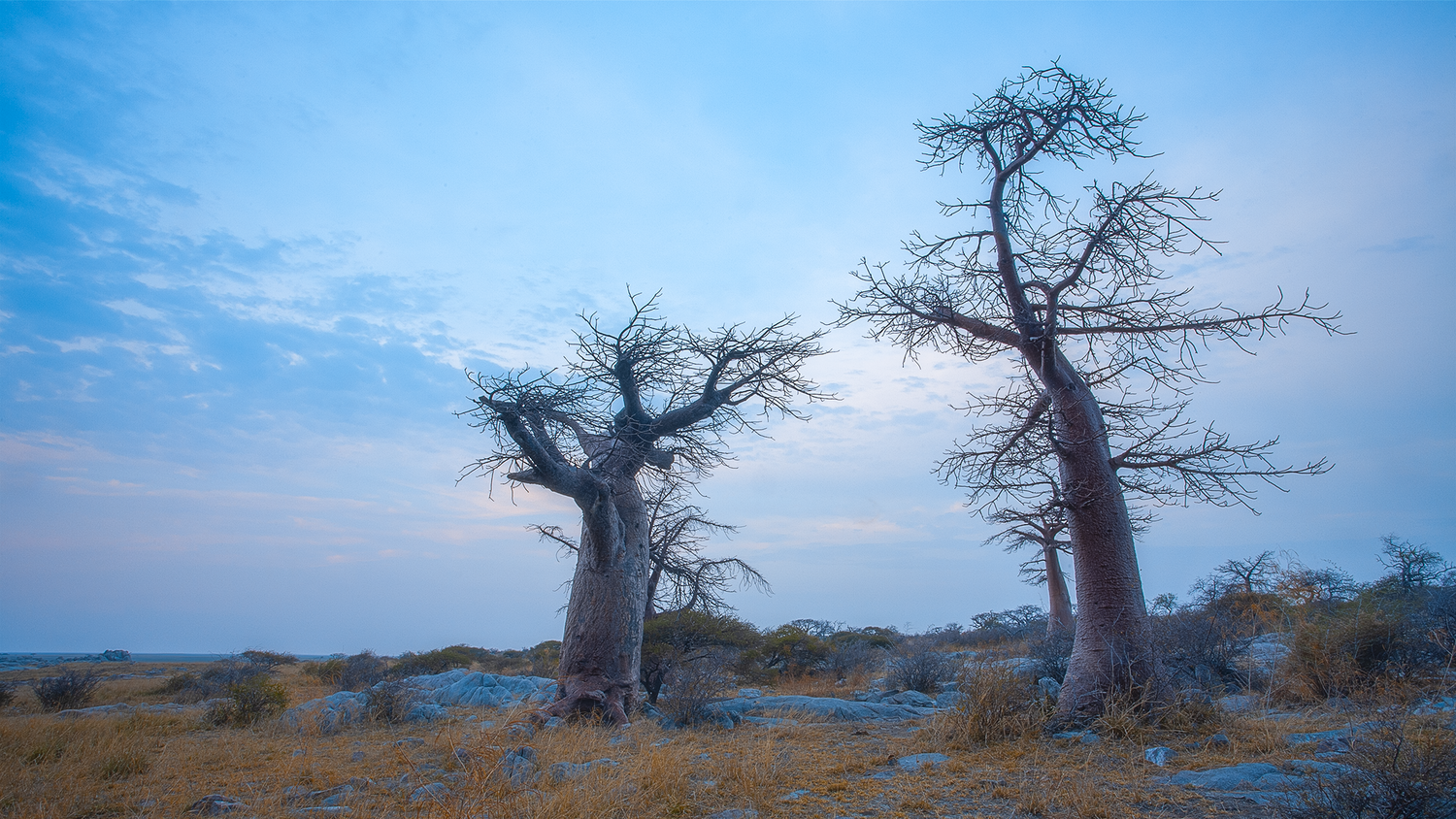
Air
Wind or air can be a tricky one to capture and occasionally requires more planning than shooting straightforward landscapes. However, by using a slow shutter speed, we can easily create a sense of motion, such as wind traveling through tall grass, the swaying of tree branches, or swirls of dust kicked up by a sudden gust of wind. Besides the wind, other forces present in the air contribute to compelling imagery and storytelling. Dark clouds rolling in signify an impending storm. Long exposures of an electric storm can make the viewer uneasy or tense. It can tell a story of how unpredictable nature can be. Fog in a dense forest can create an air of mystery, while heat haze in the desert can convey the arid nature of the scene.
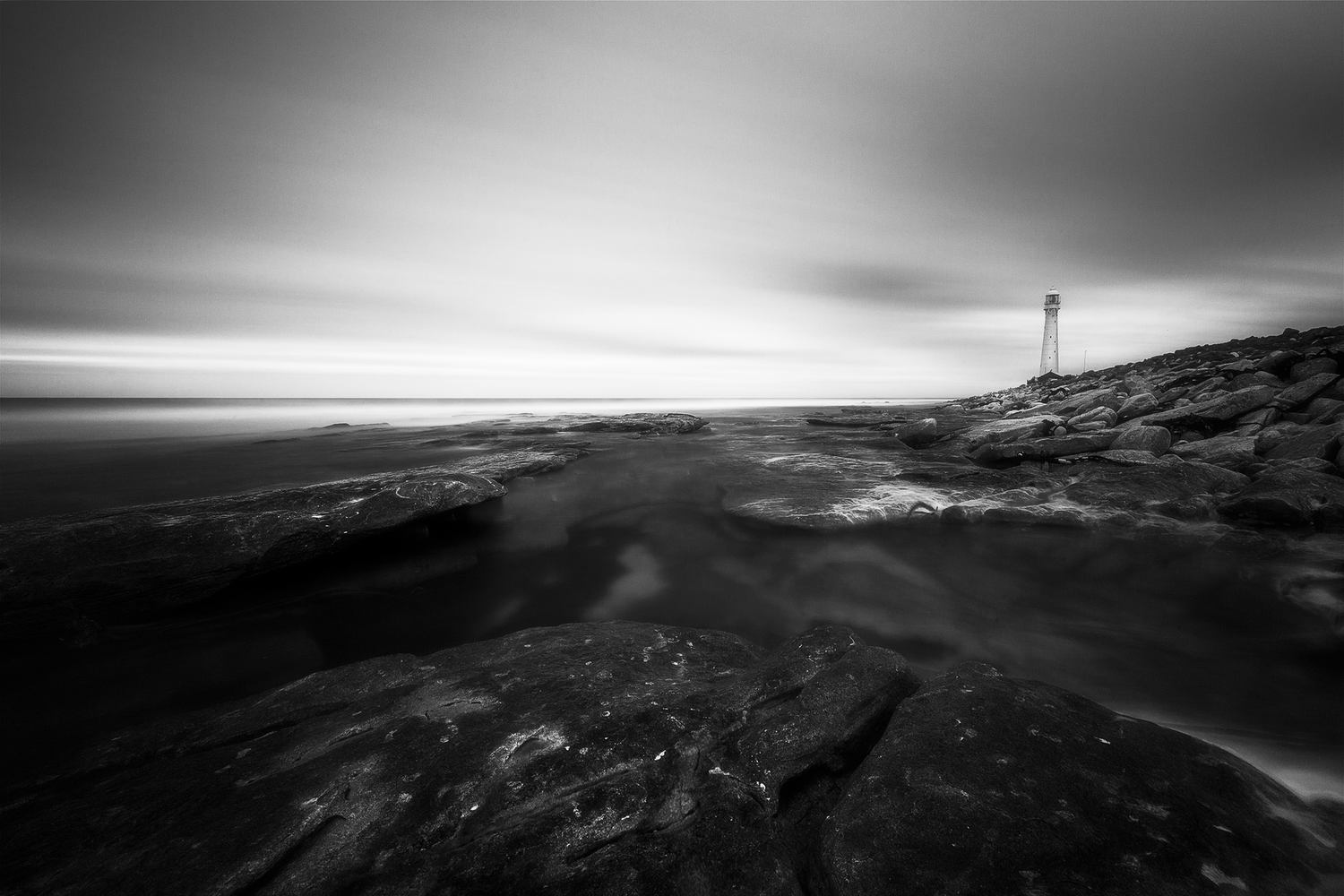
Water
Water is the symbol of life. It can evoke a range of emotions in the viewer, depending on the scene being photographed: serenity, joy, a sense of foreboding, and reflection. Whether you're shooting a long exposure or at 1/1,000th of a second, water offers a unique perspective, depending on the story you want to tell. Whether you're photographing a lake at sunset or a storm over the ocean, you can craft a compelling story and beautiful visuals simply by using water as the main subject in your photograph.
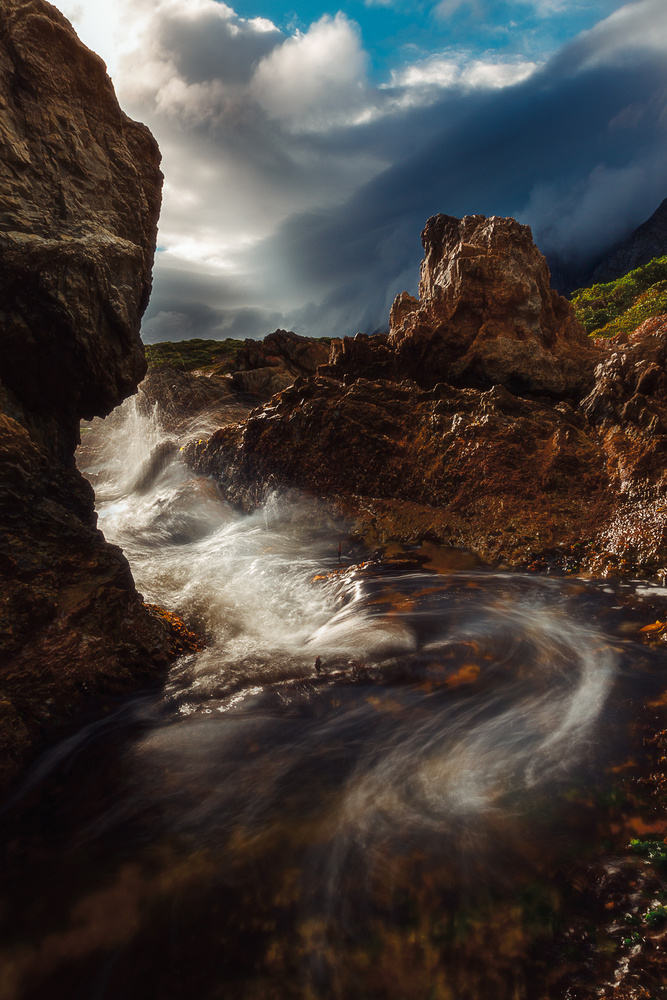
Fire
Fire can signify destruction. Forest fires during the summer are a painful reminder of how fragile and small we are in the greater scheme of things. However, fire can also be a sign of rebirth. Small plants sprouting from the ashes after a fire can symbolize life after desolation, representing a new beginning or a fresh start. Using juxtaposition between two elements can also have a more meaningful impact. Picture an oncoming storm while an ongoing blaze is sweeping through a mountainside.
Besides taking photos of the fire, we can also use elements that signify warmth, such as the sun. Sunrise and sunset also provide a sense of a beginning and an end and can be a fantastic way to add a sense of storytelling to your photos.
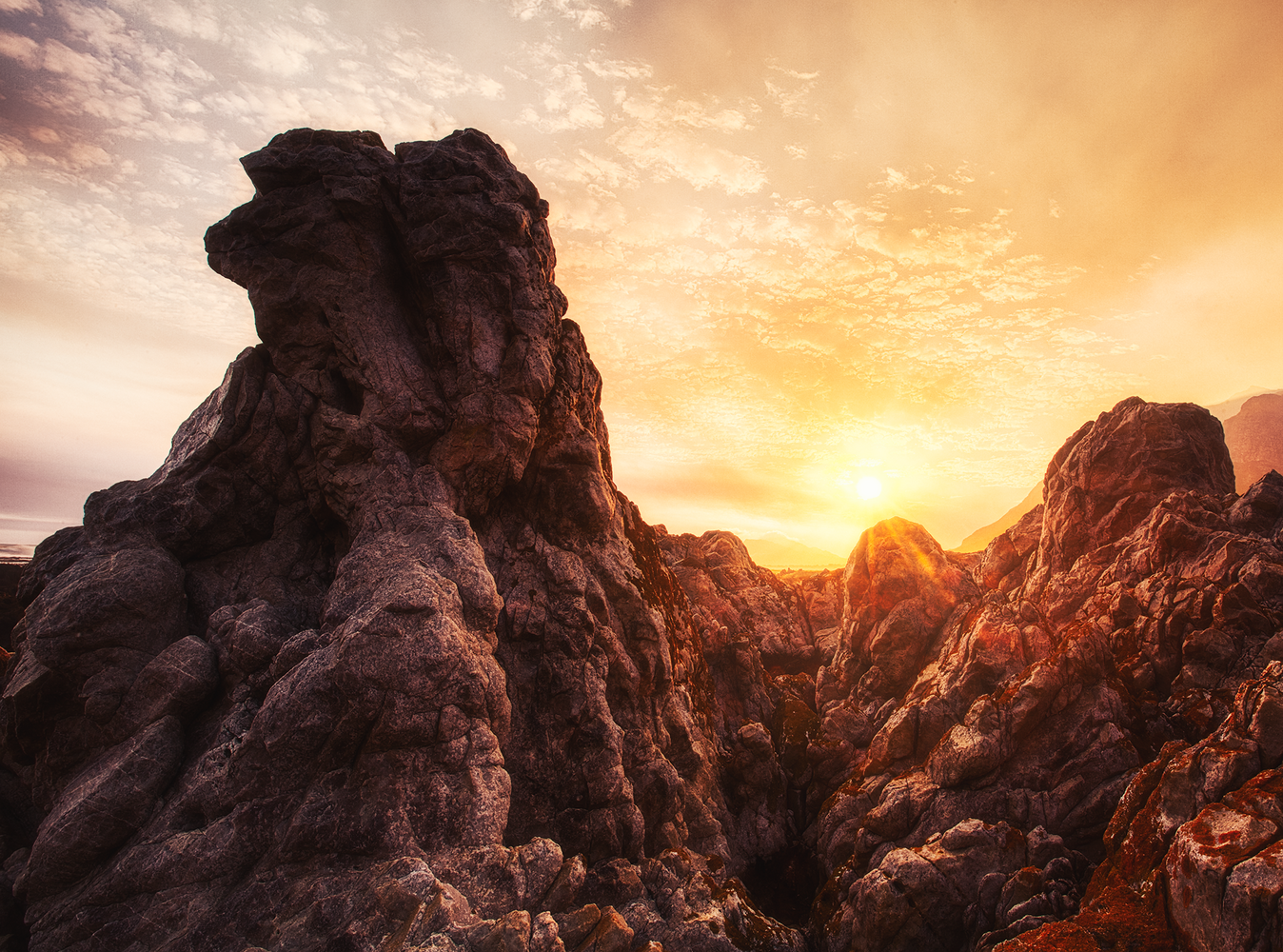
Conclusion
Storytelling in photography can be tricky, especially in landscape photography. It's the difference between photographing just another pretty scene and using the elements, breaking the rules of composition, and emphasizing the unexpected to create an emotional response in the viewer. From a technical point of view, we know how to compose our photos and what shutter speed, aperture, and focal length to use. However, those are just the technical elements for any photo. By incorporating the additional aspect of storytelling into our imagery, we can convey a more profound meaning beyond just another visually appealing image.
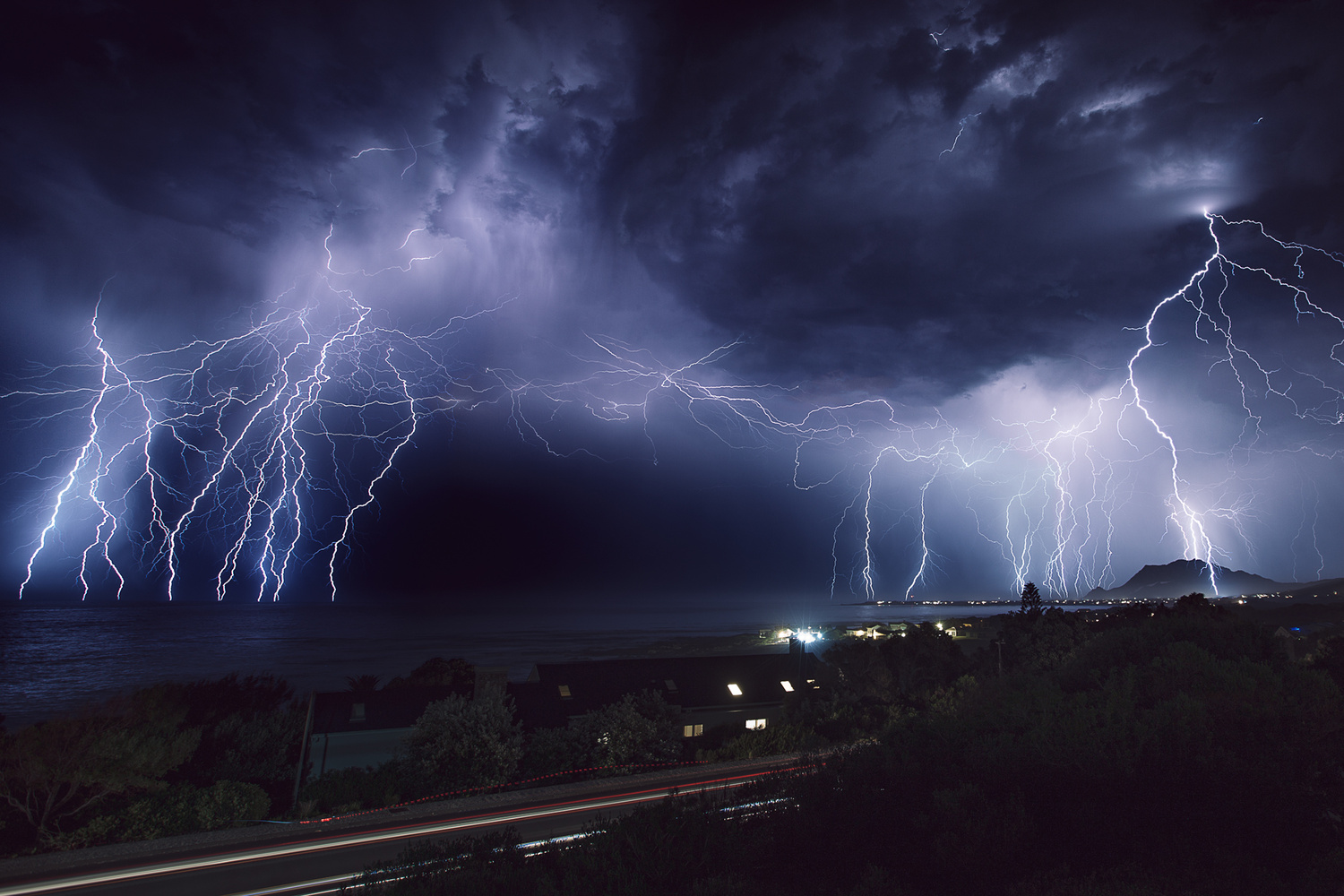
The elements discussed above are things with which we, as humans, are all in touch. We all share the same feelings when we come into contact with nature and its unpredictability, serenity, and sheer power. By using these elements to our advantage, we can craft a universal story that resonates with all.






